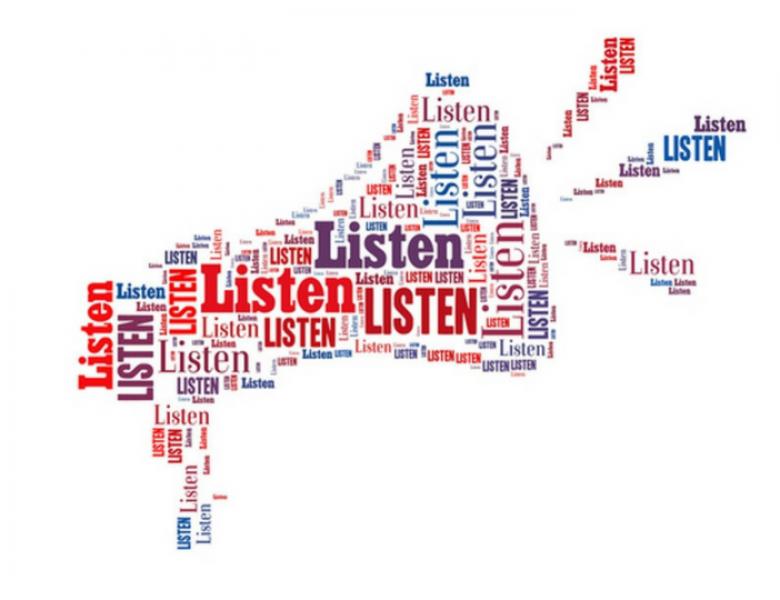Employee engagement is key to business success and the most effective way of increasing engagement is through clear internal communications. V Formation’s Leah Bradley highlights why an internal communications strategy is just as important as your external plan.
We all know that a business’s most valuable asset is its employees, but all too often employee communication is pushed to the bottom of the list of priorities. If your employees become disengaged with the business, their productivity decreases, which has a direct impact on business performance and staff turnover. A well thought-out internal communications plan will help to actively engage employees in their work, show them how they make a positive difference to the organisation and boost morale.
Where to start
It’s surprising how many employees actually want to be asked about how they feel towards certain aspects of the business. A staff survey is a quick and relatively straightforward way of getting feedback from your employees. With carefully drafted questions it will help to get a picture of the current situation of your internal communications – to identify what is working and what is not. Researching where you are now gives you a starting point on which to build future plans and shape direction.
What to do with the results
Communication is a two-way process and it is critical that you listen to your employees and take their feedback on board. Failure to do this means you are setting yourself up for a fall.
Staff feedback needs to be carefully analysed and evaluated as it will give you the insights needed to create the right internal communications strategies and plans. Even if the results are not what you want to hear, if your staff are telling you that a particular communication channel isn’t working or you are not good at sharing information, these are the areas that need to be addressed.
The plan
A strategic communications plan need not be as daunting as it may sound. Strategic planning can take many forms – from a company-wide communications ‘master plan’ through to a more tightly defined channel framework for circulating specific information. Either way, a good internal communications strategy should be aligned with your external communications and include messages that stick so they are remembered and acted upon.
When developing your communications strategy and plan it might be helpful to keep the following points in mind:
- Ensure your messages are clear and consistent
- Set the right tone to effectively engage employees – often charismatic, personal messages are appreciated
- Planned communications are more effective than one-off emails and should be delivered through the appropriate channels
- Employee communications should be part of business as usual and should be planned and budgeted for
- Timing is critical for maximum benefit
- Remember that communication is a two-way process – dialogue should flow from the bottom-up as well as from the top down, so make it easy for employees to respond and keep the lines of communication open
- Campaigns should be regularly reviewed and evaluated to ensure you are maintaining employee engagement
Have you got an internal communications strategy?
If the answer is ‘no’, you may not be engaging with your employees and therefore not getting the most out of them. If you do have one, is it effective or could it do with re-evaluating?
V Formation works with businesses to help them re-engage with their employees through implementing effective internal communications strategies that not only ensure the right messages are delivered to employees in the best way, but also improves staff welfare which encourages them to actively promote the business in the right way.
For further information please contact the marketing communications experts at V here or give us a call on 0115 667 0131.



